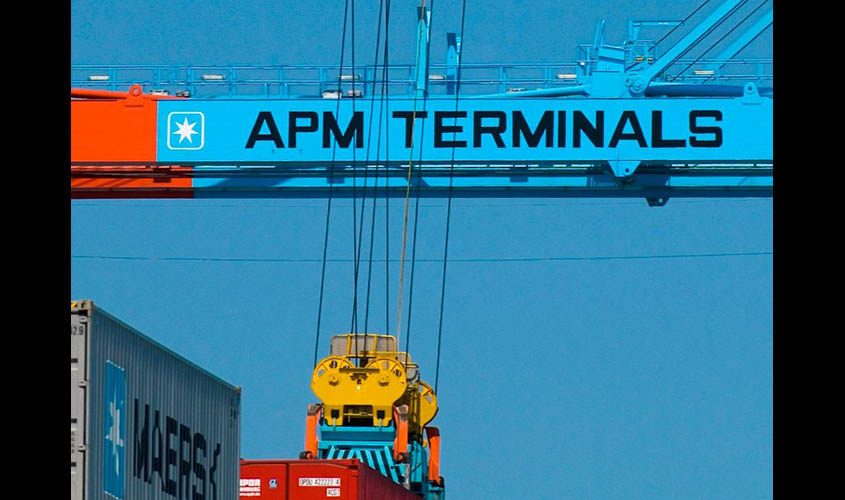 According to the Ministry of Shipping, around 95% of India’s trading by volume and 70% by value are done through maritime transport. The country has 12 major and 200 notified minor and intermediate ports. Cargo traffic, which recorded 1,052 million metric tonnes (MMT) in 2015, is expected to reach 1,758 MMT by 2017. India is the 16th largest maritime country in the world, with a coastline of about 7,517 km. The Indian government has allowed foreign direct investment of up to 100% under the automatic route for port and harbour construction and maintenance projects. It has also facilitated a 10-year tax holiday to enterprises that develop, maintain and operate ports, inland waterways and inland ports. Cargo traffic handled by India’s major ports are mainly iron ore and fertilisers .The country’s major ports have registered an annual growth rate of 6.79% for FY 2016-17, as against a growth of 4.32% in FY 2015-16. The major ports recorded the highest ever capacity addition of 100.37 MT in 2016-17, thereby raising the total capacity to 1065 MT per annum, as against a capacity of 965.36 MT per annum in 2015-16. The government has taken several measures to improve operational efficiency through mechanisation, deepening the draft and speedy evacuations. Major initiatives have been taken by the government to promote the ports sector in the country. It has announced plans to execute 199 residual maritime projects worth USD 124 billion over the next two years through government funding. It has approved a proposal to replace the “Major Port Trusts Act, 1963”, with the “Major Port Authorities Bill, 2016”, which will empower major ports to perform with greater efficiency by having full autonomy in decision making and by modernising the institutional structure of major ports. It plans to undertake the development of 37 national waterways in the next three years, which would have a positive impact on the reduction of overall logistics cost. Under the Sagarmala programme, the government has envisioned a total of 189 projects for the modernisation of ports, involving an investment of USD 22 billion by the year 2035. Increasing investments and cargo traffic point towards a healthy outlook for the Indian ports sector, and providers of services such as operation and maintenance, and marine assets such as barges and dredgers will benefit largely from these investments.
According to the Ministry of Shipping, around 95% of India’s trading by volume and 70% by value are done through maritime transport. The country has 12 major and 200 notified minor and intermediate ports. Cargo traffic, which recorded 1,052 million metric tonnes (MMT) in 2015, is expected to reach 1,758 MMT by 2017. India is the 16th largest maritime country in the world, with a coastline of about 7,517 km. The Indian government has allowed foreign direct investment of up to 100% under the automatic route for port and harbour construction and maintenance projects. It has also facilitated a 10-year tax holiday to enterprises that develop, maintain and operate ports, inland waterways and inland ports. Cargo traffic handled by India’s major ports are mainly iron ore and fertilisers .The country’s major ports have registered an annual growth rate of 6.79% for FY 2016-17, as against a growth of 4.32% in FY 2015-16. The major ports recorded the highest ever capacity addition of 100.37 MT in 2016-17, thereby raising the total capacity to 1065 MT per annum, as against a capacity of 965.36 MT per annum in 2015-16. The government has taken several measures to improve operational efficiency through mechanisation, deepening the draft and speedy evacuations. Major initiatives have been taken by the government to promote the ports sector in the country. It has announced plans to execute 199 residual maritime projects worth USD 124 billion over the next two years through government funding. It has approved a proposal to replace the “Major Port Trusts Act, 1963”, with the “Major Port Authorities Bill, 2016”, which will empower major ports to perform with greater efficiency by having full autonomy in decision making and by modernising the institutional structure of major ports. It plans to undertake the development of 37 national waterways in the next three years, which would have a positive impact on the reduction of overall logistics cost. Under the Sagarmala programme, the government has envisioned a total of 189 projects for the modernisation of ports, involving an investment of USD 22 billion by the year 2035. Increasing investments and cargo traffic point towards a healthy outlook for the Indian ports sector, and providers of services such as operation and maintenance, and marine assets such as barges and dredgers will benefit largely from these investments.
APM Terminals is a ports and terminals company of the maritime giant, AP Miller-Maersk Group, which is one of the largest container terminal operators in the world. It has two facilities in India, one in JNPT at Nhava Sheva Mumbai, while the other is at Port Pipavav in Gujarat. The latter is a successful public private partnership and an important gateway port on the country’s west coast for bulk and liquid cargo containers. It leverages on the shipping network and experience of its parent APM Terminals which operates in 63 countries. Port Pipavav is an all weather port, with excellent strategic location providing access to a rich hinterland and key markets. With a total land area of 631 hectares, there is plenty of land available for further expansion. APM Terminals holds 43% equity stake in Port Pipavav. The stock currently quoting at Rs 140 is a good buy, with a 25% price appreciation in the next nine months.
Rajiv Kapoor is a share broker, certified mutual fund expert and MDRT insurance agent.

